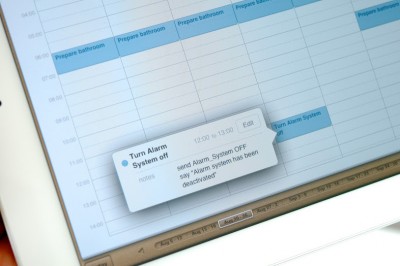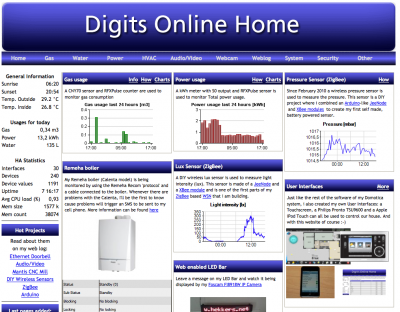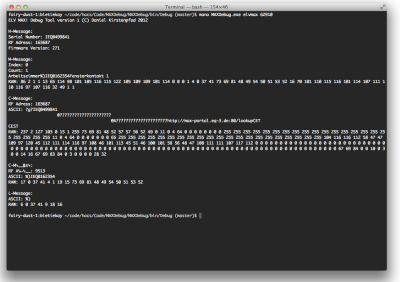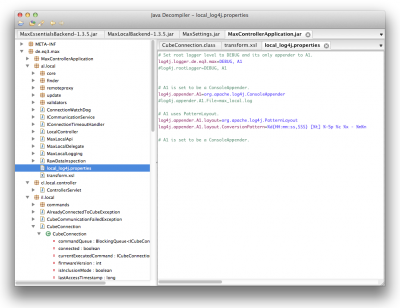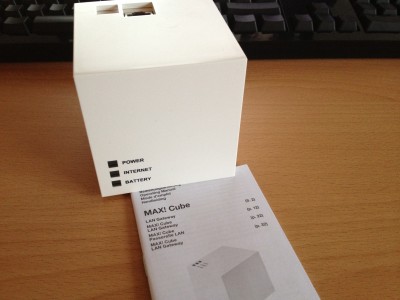It certainly is just me thinking: this home automation / smart home thing gains more momentum every week. Now there’s a java based home automation bus initative taking care of the software standardization side. Quite interesting. And beside all that they had some fantastic ideas how a user interface for those things should look like. Like for example how you would interact with your house while planning when things power on and off. Use Google Calendar! This is just plain genius!

“The open Home Automation Bus (openHAB) project aims at providing a universal integration platform for all things around home automation. It is a pure Java solution, fully based on OSGi. The Equinox OSGi runtime and Jetty as a web server build the core foundation of the runtime.
It is designed to be absolutely vendor-neutral as well as hardware/protocol-agnostic. openHAB brings together different bus systems, hardware devices and interface protocols by dedicated bindings. These bindings send and receive commands and status updates on the openHAB event bus. This concept allows designing user interfaces with a unique look&feel, but with the possibility to operate devices based on a big number of different technologies. Besides the user interfaces, it also brings the power of automation logics across different system boundaries.”
I especially like the idea of that calendar integration – sending scripts through an appointment is a great idea – having some sort of scripting language is another one. A little bit on the marketing side is the option to chat with your house through XMPP / Jabber… that might take the idea a little bit too far out – but who would want to blame them? Fantastic stuff!
Source 1: http://www.openhab.org/
Source 2: http://kaikreuzer.blogspot.de/2012/08/openhab-1.html
